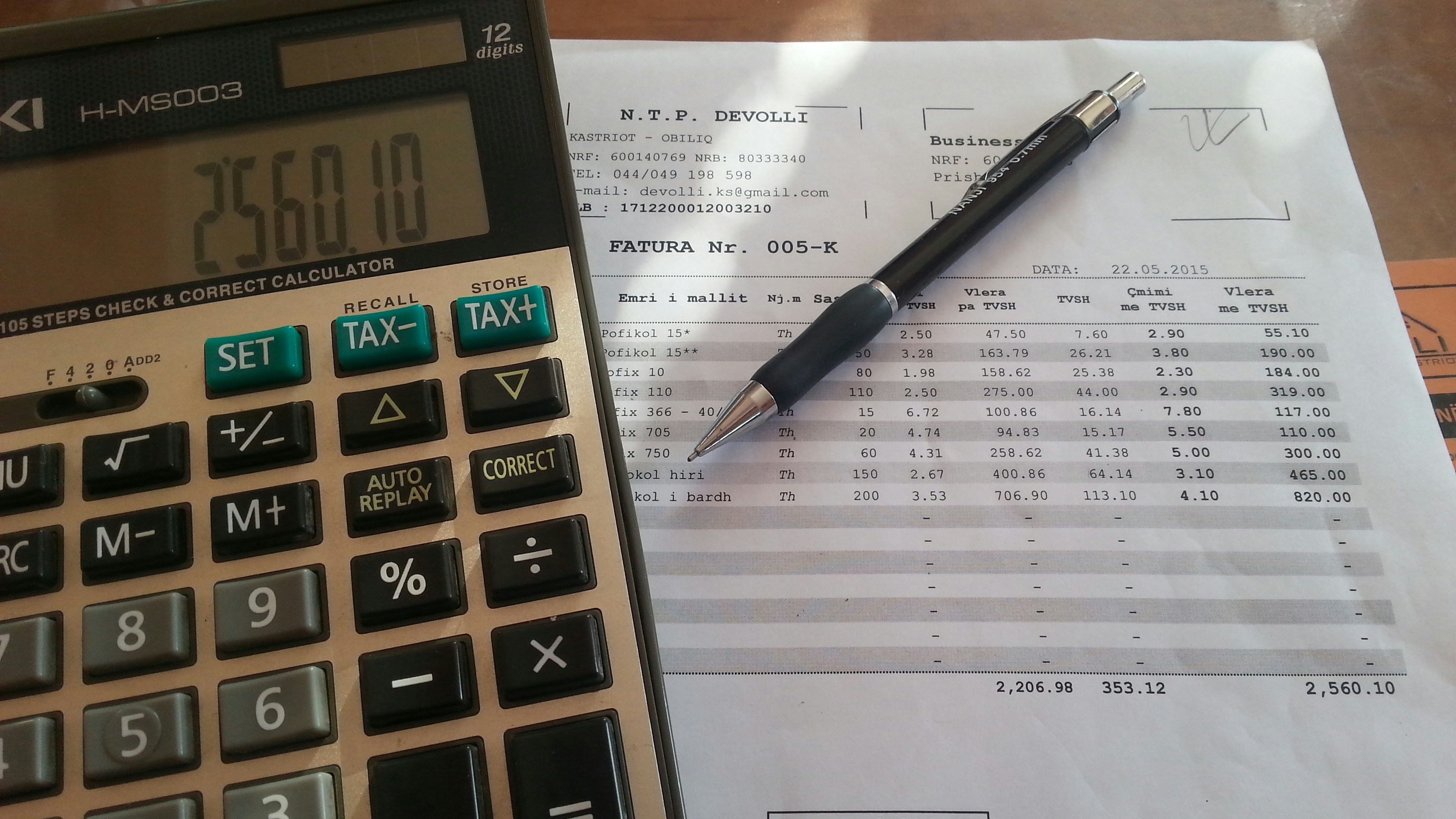
Why Tracking Your Expenses is Essential
In the realm of personal finance, tracking your expenses serves as a cornerstone for achieving financial clarity and stability. By diligently monitoring where your money is allocated, you gain critical insights into your spending habits. This understanding is imperative, as it enables individuals to make informed and intentional financial decisions. Without a comprehensive grasp of expenditure patterns, navigating the complexities of budgeting, saving, and investing becomes exceedingly challenging.
One of the primary benefits of expense tracking is the enhanced visibility it offers into one’s financial landscape. By documenting daily transactions, individuals can identify recurring expenses that may not have been previously recognized. This awareness facilitates more strategic decision-making, allowing you to differentiate between vital expenditures and discretionary spending. Such clarity empowers individuals to prioritize their financial resources effectively, fostering a sense of control over their economic situation.
Furthermore, tracking expenses can significantly improve budgeting and financial planning. The data collected from expense tracking can inform a more accurate and personalized budget, reflecting true spending behavior. For instance, if you realize you are spending more on dining out than initially anticipated, adjustments can be made to allocate funds towards more critical savings goals or debt repayment strategies. In this way, expense tracking not only promotes accountability but also enhances financial responsibility.
Moreover, consistent monitoring of your expenses can help pinpoint unnecessary expenditures, paving the way for potential savings. A well-documented account of spending habits provides a foundation for making adjustments that align with both short-term and long-term financial goals. Thus, tracking your expenses is not merely an administrative task; it is an essential practice that opens the door to financial empowerment and success.
Different Methods for Tracking Expenses
When it comes to tracking expenses, each individual or organization has unique preferences and requirements. Therefore, understanding various methods for tracking expenses can significantly impact one’s financial clarity. The most traditional method is using pen and paper. This method appeals to those who prefer tangible interactions and enjoy the process of manually writing down each transaction. The physical act of tracking expenses allows users to reflect on their spending habits in a more personal manner. Additionally, individuals who opt for this method often find it rewarding to manually categorize their spending, creating a deeper connection with their financial situation.
Another popular approach involves utilizing spreadsheets. Programs like Excel or Google Sheets offer enhanced flexibility and customization for expense tracking. Users can create tailored tables that reflect their specific financial goals and monitor their spending patterns over time. This method also enables easier calculations and data visualizations, such as graphs and charts, facilitating better analysis of financial information. Moreover, spreadsheets can be shared among multiple users, making them an excellent choice for families or small businesses looking to maintain transparency in their financial planning.
Lastly, with the advancements in technology, mobile apps have emerged as a prominent method for tracking expenses. Applications such as Mint, YNAB (You Need a Budget), and PocketGuard provide automated tracking and categorization of expenses. These tools link directly to bank accounts, allowing for real-time updates and alerts regarding spending limits. The convenience of having financial information at one’s fingertips cannot be understated, and many find that the visual dashboards offered by these apps make monitoring budgets and identifying areas for improvement more accessible. Each method has its advantages, and individuals should select one that aligns best with their lifestyle and financial objectives.
Choosing the Right Method for You
When it comes to expense tracking, selecting an appropriate method that aligns with your individual habits and comfort with technology is crucial for achieving financial clarity. It is important to recognize that there is no universal solution that suits everyone. Each individual’s financial situation and tracking preferences are unique, and finding a tailored approach will yield the best results in managing expenses.
One effective strategy is to start with a simple method that you can consistently maintain. For example, you might consider using a basic spreadsheet to record your expenses manually. This method allows you to familiarize yourself with your spending patterns without the complexities of automated tools. By recording transactions regularly, you cultivate a habit and gain insights into your financial behavior, which is essential for effective budgeting.
As you become more comfortable with tracking your expenses, you can gradually incorporate more advanced tools and techniques. There are various apps available that can help automate the process, allowing for real-time updates and categorization of expenditures. These applications often come with analytical features that provide a deeper understanding of your financial habits, but it is vital to ensure that you feel at ease using them.
Moreover, assessing your comfort level with technology plays a significant role in determining the right expense tracking method. If you find technological tools intimidating, sticking to a manual approach may be more beneficial at first. The key is to establish a system that fosters consistency. As you gain confidence, you can seamlessly transition into utilizing more advanced solutions. Ultimately, this gradual progression will help you build a solid foundation for effective expense tracking, which is essential for financial clarity and long-term success.
Turning Data into Action: Analyzing Your Spending
Once you have tracked your expenses for a minimum of 30 days, the next vital step is to analyze the data collected. This analysis begins with categorizing your expenses into various sections such as necessities, discretionary spending, savings, and debt repayment. By assigning each expense to a specific category, you can gain a clearer understanding of where your money is going, allowing you to visualize your spending habits more effectively.
After categorization, the next phase involves identifying patterns within your spending. Review which categories see the most significant expenditure and pinpoint areas where you may be overspending. For instance, if you notice frequent high costs in dining out or entertainment, this could signal a need for adjustment. Recognizing these patterns can pave the way for informed financial decisions and should act as a motivating factor to implement changes in your financial behavior.
Setting realistic financial goals based on your spending analysis is crucial for long-term success. Consider establishing specific targets for each category, such as limiting discretionary spending to a certain percentage of your income. This could involve setting a monthly budget that prioritizes necessary expenses while allocating a determined amount for savings or debt repayments. By doing so, you can create a framework that supports your financial aspirations while helping to maintain the balance in your budget.
Consistency in expense tracking can greatly enhance your financial clarity. To ensure adherence to your tracking routine, consider setting regular reminders on your phone or calendar. Additionally, celebrating small wins, such as staying within budget for a month, can provide motivation. Integrating expense tracking with your daily routine—such as reviewing your expenses every Sunday evening—can make it a seamless part of your financial management strategy. By actively engaging with your financial data, you can foster informed decisions that lead to a more financially stable and stress-free lifestyle.
